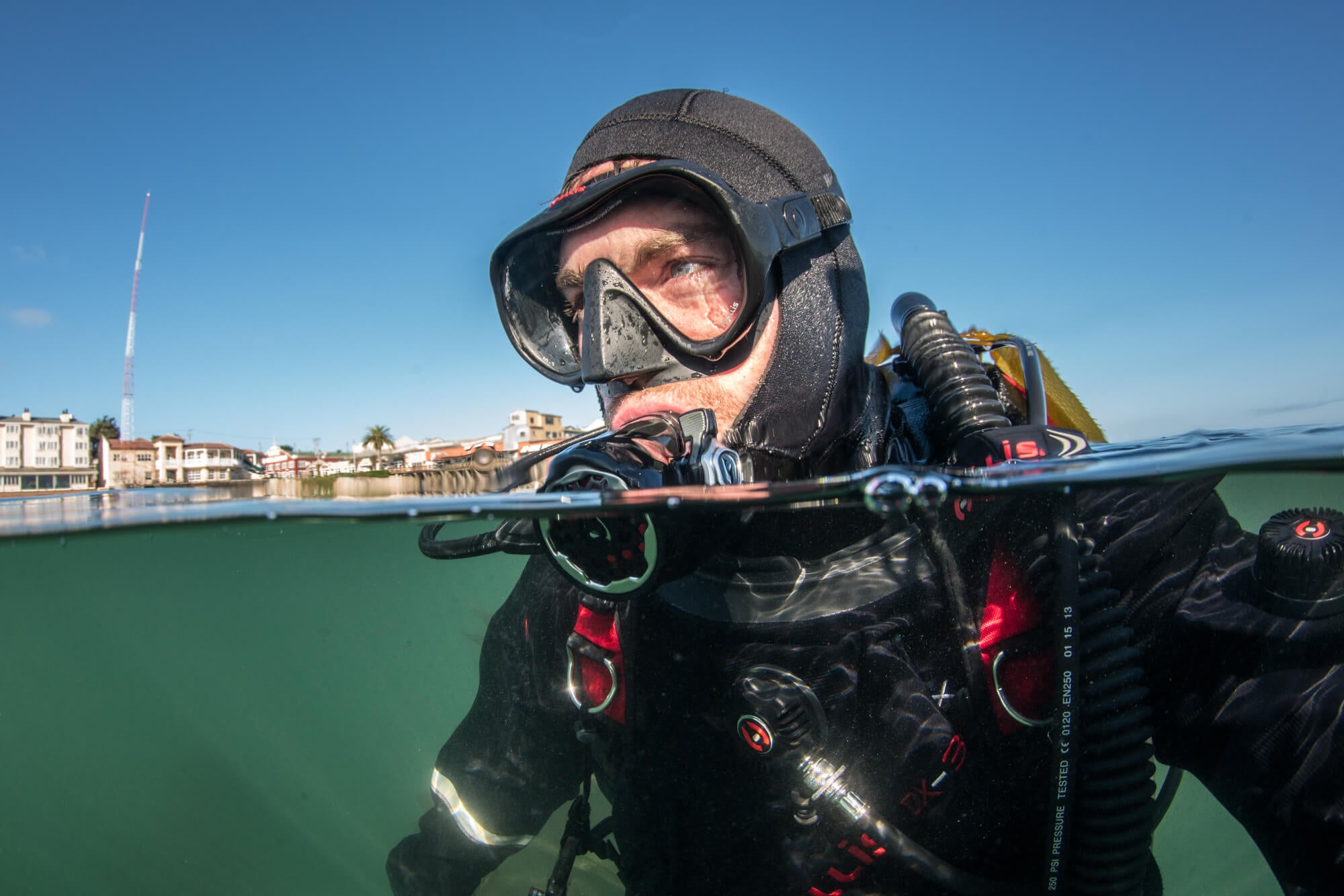Article: How To Choose a Diving Mask

How To Choose a Diving Mask
Choosing the Right Mask For You
In this guide, we'll go over the many intricacies of choosing the perfect mask for you. Getting the right mask is a must, if you don't get one that fits correctly or it's uncomfortable, it can ruin your whole experience whether you're snorkeling, freediving, or scuba diving.
Anatomy of a Mask

Materials
When selecting a good mask always look for one with a tempered glass lens and silicone skirts. Tempered glass is much more durable compared to the cheap PVC used on lesser quality masks and silicone is far softer and molds to your face.
Types of Masks
Depending on what you're doing you may need to select a different style of mask. The two mask types we'll be going over are scuba masks and freediving masks, both of which can be used for snorkeling, make sure you never scuba or free dive with a snorkelling mask as they are not made to handle the higher pressure at depth.
Freediving Masks
Freediving masks are smaller, thinner, and have less internal volume, this makes it easier to equalize, meaning you exert yourself less and get more bottom time. However, freediving masks come with a drawback; a lower field of view.

Scuba Masks
Unlike freediving masks, scuba masks are larger and have more internal volume, this allows for a better field of view and less of a claustrophobic feeling, but this means it is a larger airspace to equalize to prevent getting a 'mask squeeze'.

How To Choose The Best Mask
The best mask is the one that fits you, has no leaks, feels comfortable, and is made out of high-grade materials such as silicone and tempered glass. If you need prescription lenses you should also take into consideration that not all masks have the option for them.
Picking the Lens Style
There are multiple types of lens styles, the two most common are single lens (aka. 'frameless') or double lens. Single lens masks offer a better field of view, and better depth perception and often help if you find masks hitting your nasal bridge.
Double lens masks often make things feel a little closer and have a lesser airspace volume meaning you don't need to equalize the air space as often and are less prone to mask squeezes.
Picking a Mask Colour
Masks come in an array of colours, the key differences are that clear masks allow more light in and give you the perception of a better field of view, while solid colour masks such as black stop glare and light in your peripheral view.
Trying On a Mask
To try on a mask simply follow these steps;
- Press the mask onto your face while sucking in through your nose, do not put the strap over your head. Make sure you continue to suck in through your nose and double-check that there isn't any hair in the seal of the mask.
- Let go of the mask while sucking in through your nose and give your head a little shake, if you cannot feel any leaks and the mask still feels comfortable then it's right for you.
- If you have a beard and can feel leaks only through your beard but not anywhere else either try on a mask that sits above your moustache line or try using a bit of vaseline on your moustache to create a seal.

Leave a comment
This site is protected by hCaptcha and the hCaptcha Privacy Policy and Terms of Service apply.